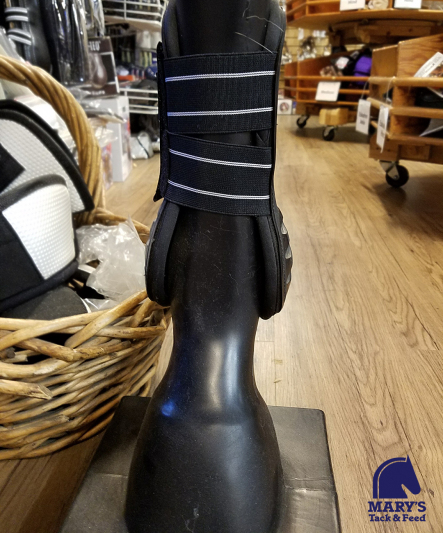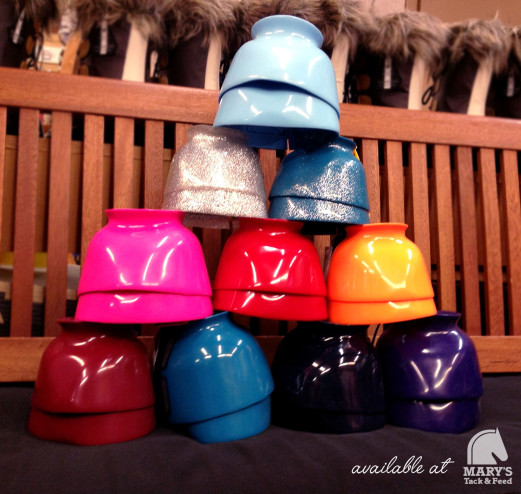All About Horse Boots
6th Apr 2018
Tired of your horse pulling shoes? Hitting his own legs while out in turnout? Or just wanting to support your horse as you gear up for a competition. There are many brands and types of horse boots on the market making it a challenge to choose which boot might be right for you and your horse. Here are some things to consider:

Open Front Boots: These boots offer protection on the back and side of the front leg cannon bones. By leaving the front of your horses’ leg exposed your horse will feel the impact of pole on leg if they knock the fence. This encourages the horse through experience to be careful over jumps. (Usually paired with ankle boots on hind legs.) Synthetic material liners are sported in most of these boots, but you can still find the more traditional sheepskin liner.
Cross Country Boots: These boots are made especially durable yet lightweight material to protect your horse from solid materials without weighing them down by taking on water through cross country elements. XC boots offer strong strike pads on the inner part of the boot for more protection.

Dressage/Flatwork Boots: Usually made from soft pliable materials, they typically offer a low-profile strike pad. They are a time saving alternative to polo wraps. Often lined with fleece or neoprene they are easily machine washable. The lining, padding, and impact protection varies between brands.
Support/Medicine Boots: Surround the leg and wrap around the fetlock joint to prevent hyperextension. Usually seen on reining horses or horses in intense sports with a predisposition for support related injuries. The lining, padding, and impact protection varies between brands but many of the popular brands are made from neoprene.
All Purpose/Splint Boots: These are most economical and versatile type of front leg horse boots. Usually with a reinforced strike area made of synthetic suede or real suede on the inside of the cannon bone and fetlock joint.

Bell Boots: These boots come rubber and plastic in both pull-on, no-turn or removable varieties. They encircle the entirety of the hoof and protect the heel and your horse’s shoes from overreaching. Some bell boots have fleece-lined cuffs to prevent rubbing.
Whichever boot you choose, be sure that the fit is right! They should be snug enough to stay in place and keep debris from entering, but not so tight they restrict blood flow or pinch a tendon. The friendly and knowledgeable staff at Mary’s Tack and Feed can help you navigate the world of boots and find a pair you (and your horse) are sure to love!
